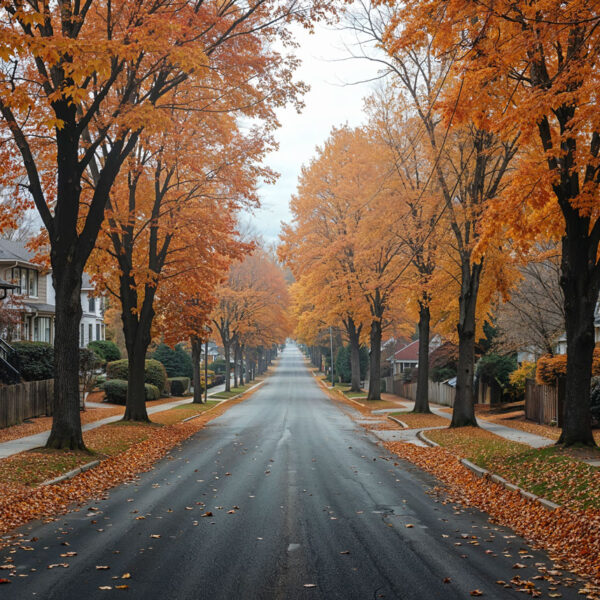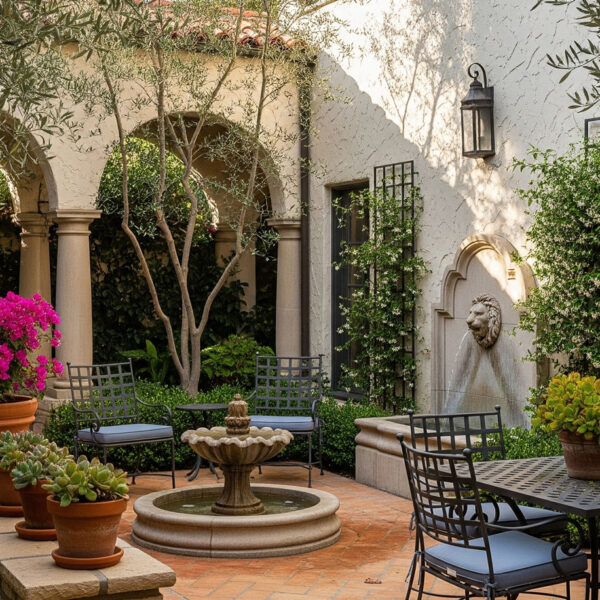Design is a very important part of my life and real estate business. The world of architecture and design is ever-evolving. Each year brings forth new trends that push the boundaries of creativity, sustainability and functionality. In 2024, the focus has been on innovative approaches that redefine aesthetics, while also responding to the pressing needs of the environment and society. Here are five interesting trends shaping the landscape of residential architecture and interior design this year:
1. Sustainable and Regenerative Design
Sustainability is no longer just a buzzword in the architecture and design industry. It’s a fundamental principle being adopted by designers and builders. There is a strong emphasis on regenerative design, which goes beyond sustainability by actively improving the environment. Architects are incorporating renewable materials like bamboo and reclaimed wood. Many buildings generate more energy than they consume. Green roofs, living walls and rainwater harvesting systems are becoming standard features in homes and office buildings. Innovative designs are contributing to the reduction of carbon footprints and the restoration of natural ecosystems.
2. Biophilic Design
Biophilic design continues to gain momentum, driven by the growing understanding of how our connection to nature enhances well-being. This trend integrates natural elements such as indoor gardens, water features and abundant natural light into homescapes. Biophilic design has evolved significantly this year to include more sophisticated technologies that simulate natural environments. Examples include advanced lighting systems that mimic natural daylight cycles and smart ventilation that emulates natural airflow. This approach creates healthier living spaces and fosters a deeper connection between humans and nature.
3. Adaptive Reuse and Circular Economy
As urban spaces become more congested, adaptive reuse is emerging as a key trend for both residential and commercial design. This is essentially the repurposing of old buildings for new uses. This approach aligns with the principles of the circular economy, which aims to minimize waste and make the most of existing resources. We have seen a rise in creative transformations of historical buildings into modern apartments, co-working spaces, and community centers. This trend preserves cultural heritage while meeting contemporary needs and offering a sustainable solution to urban development.
4. Parametric Design and Digital Fabrication
Parametric design is driven by algorithms and computational models. It is pushing the boundaries of what’s possible in architecture. More and more modern architects are leveraging digital tools to create complex, organic forms that were once impossible to achieve. Digital fabrication techniques, such as 3D printing and CNC milling, are being used to bring these designs to life with precision and efficiency. This trend allows for highly customized, innovative structures that blend functionality with futuristic aesthetics.
5. Smart and Connected Buildings
With the advancement of the Internet of Things (IoT), smart buildings are becoming more prevalent. The integration of smart technology continues to become more seamless in homes, with houses that can autonomously monitor and adjust their energy usage, security systems and even indoor air quality. These connected environments are designed to enhance comfort, safety, energy efficiency and water consumption for homeowners.
These are some of the architecture and design trends we’ve seen evolve in 2024 and the innovation will only continue to expand our ways of looking at properties heading into 2025. If you are planning to buy a home or update your existing home in the near future, it helps to understand these trends and what you can do to reduce your own carbon footprint.
For all your real estate needs in the San Gabriel Valley, count on The Durkovic Group. Contact us today to schedule an introductory consultation.













